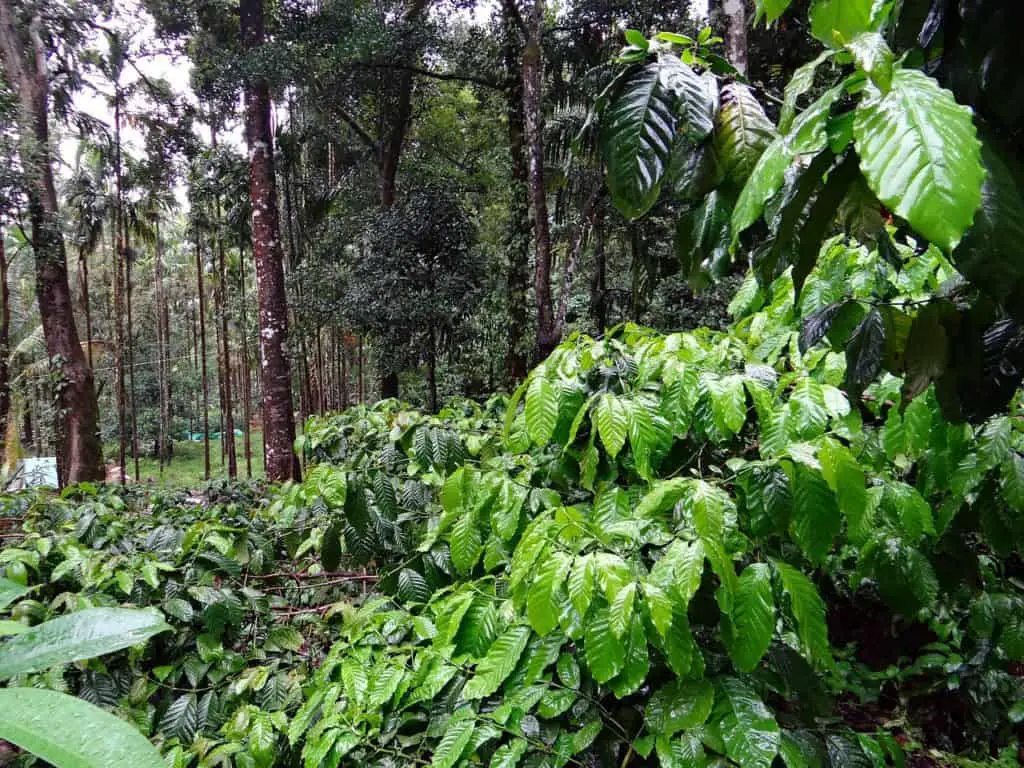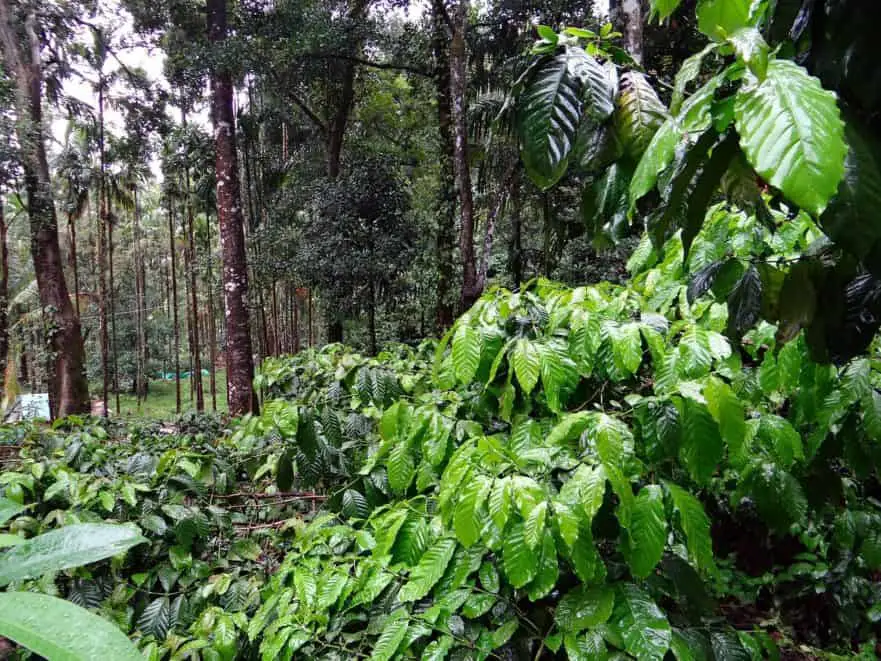
Coffee ranks among the top drinks people reach for every day. You might grab an espresso in the morning or an iced latte in the afternoon. Yet the taste that pulls you back often comes from something deeper than the brew method. That something is terroir, the mix of conditions where the coffee grows. It sets apart a bold cup from Brazil and a bright one from Ethiopia.
In this post, I’ll break down what terroir means for coffee, the main elements at play, and how it changes what you taste. We’ll look at examples from around the world and touch on bigger issues like shifting weather patterns. If you pick beans based on origin, this will help you see why.
What Terroir Means in Coffee
Terroir comes from a French word tied to the land. In coffee, it points to all the natural and human elements that shape how beans develop and taste. Think of it as the fingerprint of a place. Soil type, weather patterns, height above sea level, and even the way farmers handle the crop all factor in. These elements work together to give coffee its unique notes, from fruity highs to earthy lows.
Farmers and roasters pay close attention to terroir because it guides their choices. A bean from a high mountain slope won’t act the same in the roaster as one from a flat lowland farm. For you as a drinker, it explains why coffees from the same country can vary so much. Terroir isn’t just about the ground—it’s about the full setting, including local know-how passed down over time.
The Main Elements That Build Terroir
Several things come together to form terroir. Each one tweaks the bean in its own way, affecting everything from acidity to body. Here’s a closer look at the big ones.
Soil Composition
Soil acts as the base for coffee plants. It holds the minerals and nutrients that feed the beans. Volcanic soil stands out here because it packs in potassium, magnesium, calcium, phosphorus, and zinc. These boost the plant’s health and add layers to the flavor, like sharper acidity or fuller body. Good drainage matters too—it keeps roots from drowning in wet times and holds water for dry spells. Organic matter in the soil helps with this balance, letting plants pull what they need steadily.
Different soils lead to different outcomes. Sandy soils might drain fast and produce lighter coffees, while clay-heavy ones retain more moisture and build denser beans. In places like parts of Central America, nutrient-rich earth from old volcanoes creates coffees with deep, complex tastes.
Climate and Weather
Coffee grows best in the “bean belt,” a band around the equator stretching from Mexico in the north to Tanzania in the south. This area has the warm temps and rainfall coffee needs, but within it, climates shift a lot. Macroclimates cover wide zones with similar weather, like the steady rains in Colombia. Microclimates zoom in on small spots, such as a shaded valley where temps drop differently than nearby hills.
Rain and dry seasons drive the cycle. Wet periods help plants grow and soak up soil goodness. Dry times trigger flowers to bloom, setting up the next harvest. But timing counts—if rain hits during picking, it can spoil cherries or slow drying. Temperature plays a role too. Warmer spots speed up growth but might cut complexity, while cooler ones let flavors build slowly.
Sunlight fits here as well. Full sun can push fast growth, but shade from trees slows it down for more balanced tastes. In shade-grown setups, common in places like Guatemala, this leads to smoother, less bitter coffees.
Elevation and Altitude
Go higher, and coffee changes. At greater heights, cooler air slows how cherries ripen. This extra time packs in more sugars, making beans denser with brighter acidity and richer notes. Think of it like fruit ripening on the vine longer—it gets sweeter and more intense.
Elevation ties to distance from the equator. Near it, you can grow quality coffee at 1,200 meters or more. Farther out, like in Brazil, lower spots work because overall temps stay mild. But in general, beans from 1,500 meters up often score higher in tastings for their depth. For example, Kenyan coffees from high plateaus hit with sharp, juicy hits thanks to this.
Coffee Varieties and Plants
Not all coffee plants react the same to terroir. Arabica, the type in most specialty brews, shows off environmental differences more. It thrives in cooler, higher spots and pulls subtle flavors from the land. Robusta, tougher and grown lower, tastes bolder but less nuanced, often earthy or woody.
Specific types within Arabica, like Bourbon or Gesha, interact uniquely. Gesha from Panama’s highlands can burst with jasmine and berry because the cool, misty setting amps its traits. Farmers pick varieties that match their terroir for better yields and pest resistance.
Human Practices
People shape terroir as much as nature. How farmers plant, prune, and harvest matters. Hand-picking ripe cherries, common on steep Colombian slopes, keeps quality high by avoiding unripe ones. Machine harvesting in flatter Brazil speeds things but might mix in less perfect beans.
Local traditions add to this. Cooperatives in places like Ethiopia share tools and tips, lifting overall quality. These practices evolve with the land, making terroir a living thing.
How Terroir Influences Coffee Taste
Terroir sets the stage for flavor. It decides if a coffee leans acidic, like a lemon twist, or heavy, like dark chocolate. Acidity comes from cooler, higher spots where slow growth builds tangy compounds. Body, the feel in your mouth, grows from rich soils and steady water. Specific notes—floral, nutty, fruity—emerge from the full mix.
Roasters adjust for this. A bean from volcanic soil might need a light roast to highlight its spark, while one from lower lands suits darker for smooth nuts. Brewers do too, maybe using pour-over for bright origins or espresso for bold ones. In the end, terroir gives each origin its signature, letting you taste the place in the cup.
Terroir Across Coffee Regions
Coffee’s diversity shines in how regions differ. Even neighbors like Panama and Costa Rica produce distinct cups due to slight shifts in height and weather. Panama at 1,900 meters yields sweeter, more acidic beans than Costa Rica’s 1,400-meter ones, thanks to cooler air.
Here’s a table showing common flavors from key areas, shaped by their terroir:
| Region | Key Terroir Factors | Typical Flavors | Acidity Level | Body |
|---|---|---|---|---|
| Ethiopia | High elevations, diverse microclimates, volcanic soil | Floral, citrus, tropical fruit, berry | High | Light to medium |
| Colombia | Varied altitudes, rich volcanic soil, consistent rain | Red berry, chocolate, caramel, nutty | Medium | Medium |
| Kenya | High plateaus, volcanic soil, cool temps | Blackcurrant, grapefruit, juicy fruit | Very high | Medium to full |
| Indonesia (Sumatra) | Lower elevations, wet processing, humid climate | Earthy, spicy, woody | Low | Full |
| Brazil | Lower altitudes, dry processing, mild weather | Chocolate, nutty, sweet | Low | Heavy |
| Guatemala | Mountainous, shaded, volcanic | Cocoa, orange zest, spice | Medium to high | Medium |
| Costa Rica | Moderate heights, volcanic, balanced seasons | Clean, sweet, bright fruit | High | Light to medium |
| Yemen | High, arid, unique microclimates | Fermented fruit, wild, complex | Medium | Medium |
This table pulls from patterns seen in these spots. Ethiopia’s high lands and varied weather create those lively, flower-like notes. Brazil’s flatter, warmer areas lean toward comforting chocolate. Tasting side by side shows how terroir separates them.
Take Ethiopia—Yirgacheffe beans often carry jasmine and lemon from misty highlands. In Colombia, Huila region’s berries and nuts come from fertile valleys. Indonesia’s Sumatra gets its earthiness from humid lows and wet-hulling, a local method that adds spice. These differences make exploring origins rewarding.
Processing and Roasting: Partners to Terroir
Terroir lays the foundation, but what happens next refines it. Processing removes the cherry from the bean and can shift flavors big time. Washed methods, rinsing off fruit, bring out clean, bright tastes—think Kenya’s sharp fruits. Natural drying with the fruit on adds sweetness, like in Brazil’s chocolates. Honey processing, partial fruit removal, balances the two for sticky, caramel notes.
Roasting unlocks what terroir built. Light roasts keep origin traits alive, suiting acidic highs. Darker ones mellow them for broader appeal. Producers tweak these steps to fit their land’s resources, like using sun-drying in dry Brazil or controlled fermentation in wet Ethiopia. Sometimes, smart processing can lift a modest terroir to standout levels.
Climate Shifts and Coffee’s Future
Weather changes pose real threats to terroir. Warmer temps cut the cool zones that make acidic, sweet coffees. Farmers climb higher for those conditions, but land runs out. Water stress, more CO2, and nutrient shifts hurt quality too—beans might lose density or gain off-notes.
By 2050, half the current coffee land might not suit growing anymore, hitting millions who farm it. Some switch to hardy varieties or new methods, like shade to cool plots. Others experiment with hybrids that handle heat. These shifts evolve terroir, potentially changing familiar tastes. Supporting sustainable farms helps keep quality high amid this.
Why Terroir Matters for Your Next Cup
Understanding terroir turns coffee from a routine drink into a story of places and people. It helps you choose beans that match your preferences—bright and fruity for cold brews or nutty and smooth for lattes. Next time you sip, think about the soil, rain, and care that went in. It adds appreciation and supports growers keeping traditions alive.
If you want top flavor, look for single-origin labels that highlight terroir. Try comparing regions at home to spot the differences. Coffee’s appeal lies in this variety, all thanks to the land it calls home.

